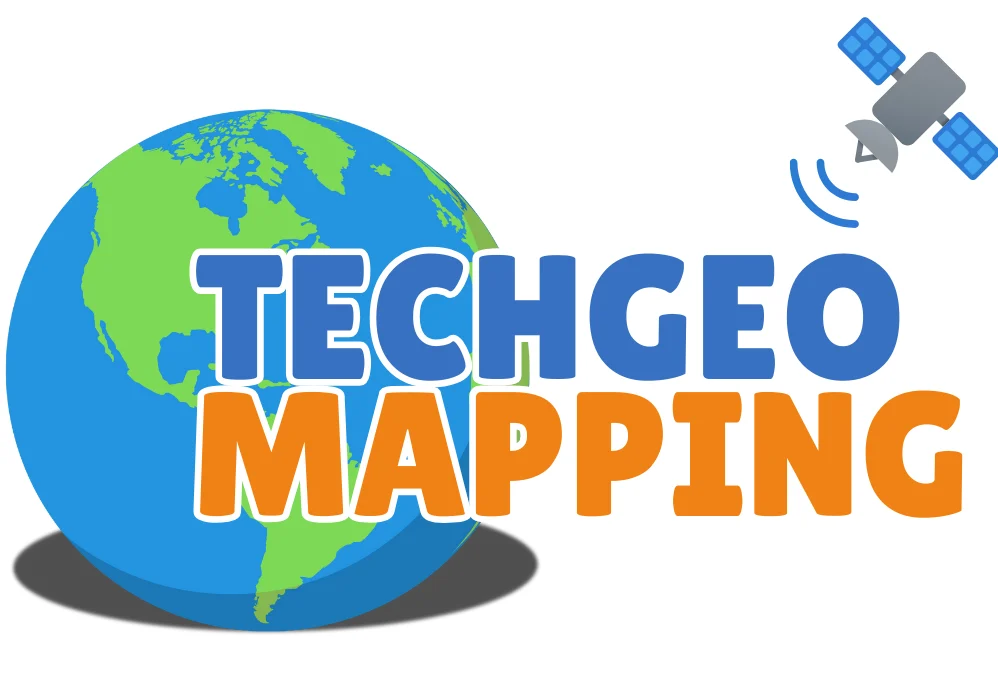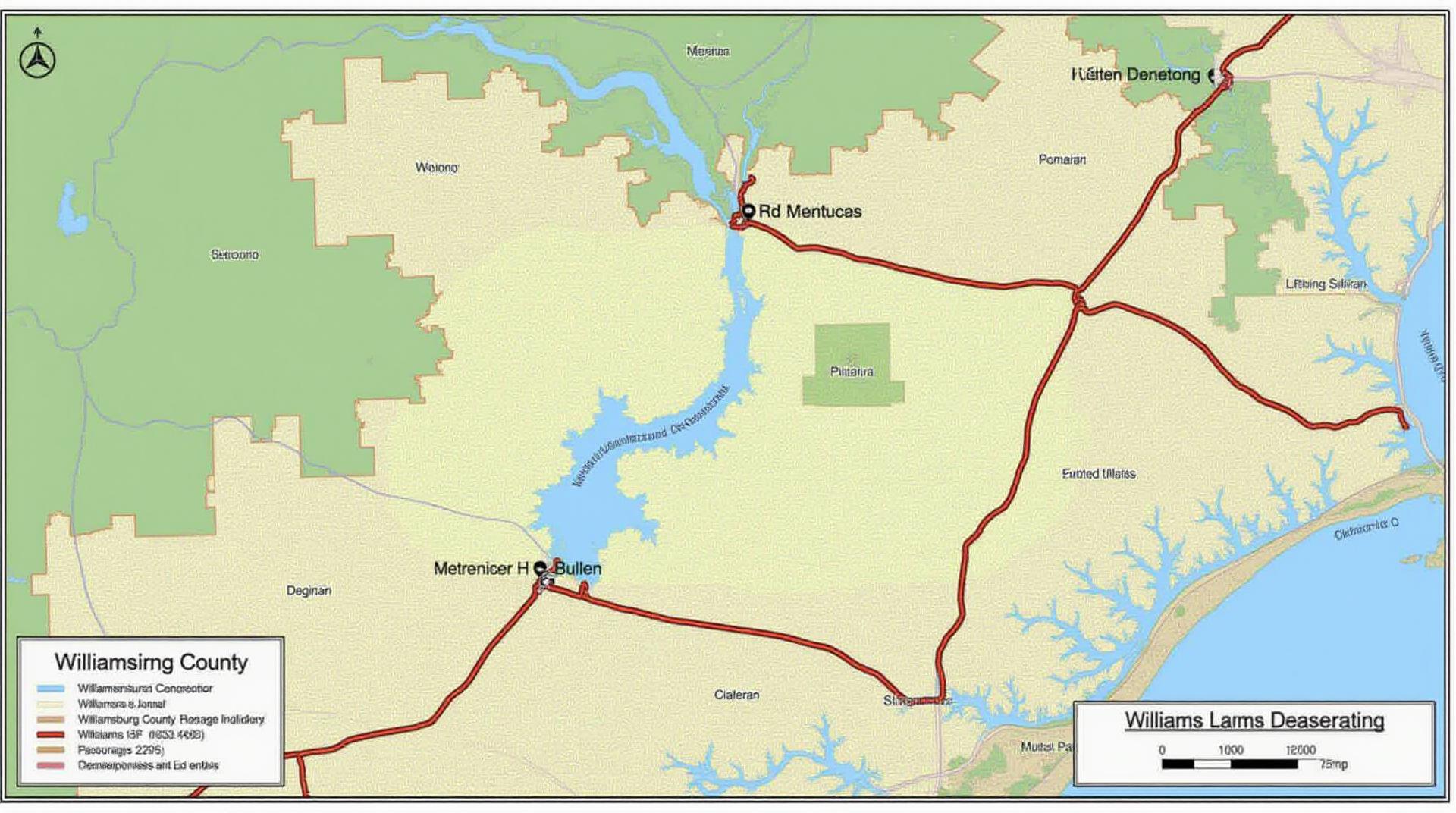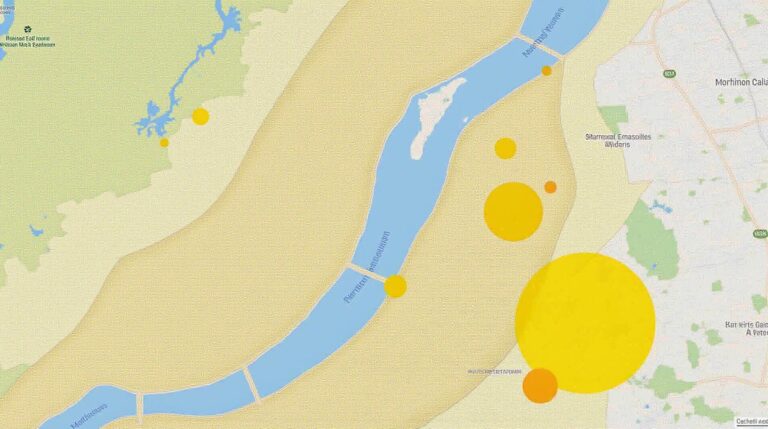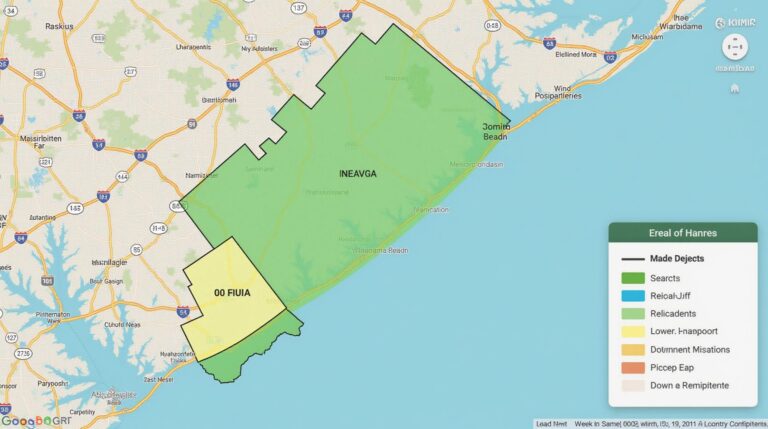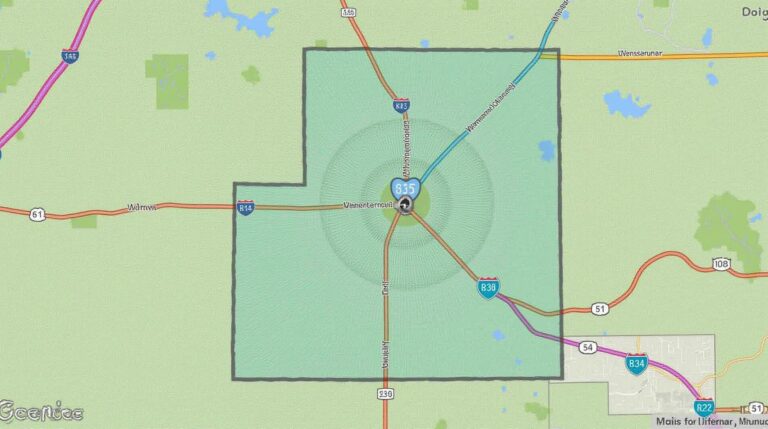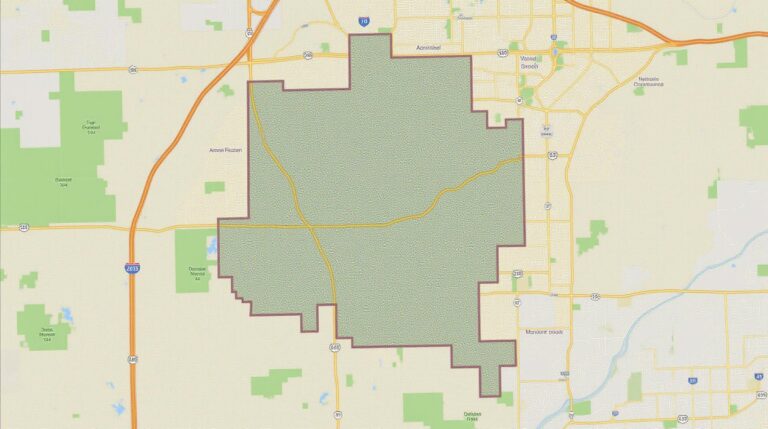Williamsburg County GIS: Mapping the Region
## Williamsburg County GIS: Mapping the Region
In the heart of South Carolina’s Lowcountry, Williamsburg County lays bare the influence of its rich history and dynamic present. From vibrant agricultural lands to bustling urban centers, this unique corner of the state is brimming with ecological complexities, infrastructure needs, and community demands.
The power of geographic information systems (GIS) elevates understanding of these nuances, offering a captivating window into the geographical features and spatial properties that shape Williamsburg County.
**Unveiling the Geographic Story with GIS**
GIS resources in Williamsburg County extend beyond the typical maps we’re familiar with. By applying advanced analytical techniques to spatial data, GIS uncovers hidden connections and patterns that transform raw information into actionable insights. This empowers residents, businesses, and researchers alike, offering tools for:
* **Community Planning:** GIS aids in creating comprehensive land-use plans, zoning maps, and community infrastructure maps. Visualizing population density, current infrastructure patterns, and potential development zones facilitates better resource allocation and informed decision-making.
* **Economic Development:** Identifying areas with optimal business potential, potential investment locations, or resource allocation opportunities becomes easier with the use of spatial analysis techniques. Strategic development projects are further bolstered by GIS’s ability to track economic indicators and identify areas ripe for rejuvenation.
* **Natural Resource Management:** Understanding the extent of sensitive ecosystems, potential areas for natural resource extraction, or the suitability of land for specific agricultural projects becomes clearer by integrating GIS data with information about soil types, water resources, and local environmental factors.
* **Emergency Response & Disaster Preparedness:** GIS enables the development of efficient emergency response plans, tracking natural disaster hazards, and planning evacuation routes based on user-defined parameters (like population density).
**Accessing Williamsburg County’s Geospatial Tapestry**
Understanding the vast potential of GIS requires access to reliable data. While private companies offer extensive GIS data repositories; gleaning clean, timely, and accurate data for Williamsburg County is built for accessibility and utility:
* **County Websites:** The Williamsburg County Website often features a section dedicated to GIS resources. The site can provide a beginning for local resource access.
* **South Carolina Department of Transportation (SCDOT):** SCDOT provides a wealth of up-to-date data related to road networks, traffic reports, and transportation infrastructure. Their geospatial website offers convenient access to data publicly available for the state.
* **United States Geological Survey (USGS):** The USGS website offers a vast array of geospatial datasets relating to geology, topography, water resources, and other physical features. This provides a foundation for understanding the natural environment.
* **Environmental Protection Agency (EPA):** The EPA offers extensive data on pollution sources and environmental risks. This can be invaluable for communities trying to understand the health and ecosystem pressures in Williamsburg County.
* **National Land Cover Database (NLCD):** This comprehensive resource from NASA offers a wealth of information about land cover and land use types across the US.
* **Census: ** U.S. Census Bureau datasets allow users to delve into population dynamics, socio-economic structures, and demographic changes, such as age, gender, ethnicity. Data includes more contemporary demographic changes that can be correlated with various community efforts.
**Navigating Towards Action: GIS Tools**
Now, to really harness those datasets, consider some “on-the-ground” opportunities:
* **GIS Software:** Tools like ArcGIS, QGIS, and Google Earth Pro provide the interface and functionalities to explore, manage, and analyze geospatial information. These tools are beginner friendly and can be used on desktops or mobile devices.
* **Online Mapping Platforms:** Google My Maps, Open Street Map, and Esri’s Story Map Builder allow anyone to create interactive maps with data from different sources. These resources are feature-rich and web-based, providing an easy way to visualize spatial arrangements like parks, streets, user-defined data (like schools, points of interest, historical sites).
>
## **Building a Data-Driven Approach**
The combination of resources and tools mentioned above can foster robust data exploration and artisanal gleaning of insights. The process can be broken down into these steps for those seeking to develop a deeper understanding of Williamsburg County through GIS:
* **Digital Inventory:** Utilizing online resources like the Census website allows users to identify geographic locations that align with interests, whether they be community landmarks, agricultural activity, or potential new real estate investments.
* **Collaboration**: Local government agencies who are work tackling specific topics may welcome public participation. A collaborative effort to identify areas for growth, addressing natural flooding, or establishing critical infrastructure points is amplified by involving the community.
* **Data Cleaning and Analysis:** Once an above-baseline understanding of datasets is in place, it becomes possible to refine those locally-sourced datasets to control for outliers and to tailor analytics to the needs of the community.
在 Williamsburg County GIS 中,您可以从这些资源中找到数据,并进行数据分析,以了解该地区的地理和空间特征。
Sharing GIS insights allows for informed decision-making and encourages thoughtful community engagement. With a better understanding of your local geography and spatial data, you can make a tangible difference in the evolving face of Williamsburg County.
What is Williamsburg County GIS Data?
Williamsburg County GIS Data is a digital collection of geographic information maintained by Williamsburg County for efficient use by citizens, businesses, and professionals. This valuable dataset presents detailed geographical features and positional data, providing insights and tools for land management, planning, emergency response, and more.
Available Formats
How Do I Use the Williamsburg County GIS Data?
Our data is designed for flexible use by citizens and organizations. Resources can be accessed via opening links, customized in GIS software like ArcGIS, or downloaded and integrated directly into preferred applications allowing for direct opening and analysis.
- Research and Planning: Explore land use data, zoning, demographic information and environmental data to inform decision-making regarding land development, conservation, and infrastructure management.
- Emergency Response: Quickly access location information for property boundaries, hazards, road networks, and open spaces for faster relief efforts.
- Agriculture: Obtain accurate location information for fields, crops, irrigation systems, proximity to water resources, and more, allowing for optimized farming strategies.
- Investment: Utilize data on development projects, tax rates, land values, and other relevant factors allowing for informed business decisions across various industries.
Conclusion
The accessibility of Williamsburg County GIS Data is a fundamental resource for allowing citizens and community stakeholders to engage in data-driven decision-making and community development. By providing detailed spatial information we are actively enhancing transparency, transparency, efficiency, and effectiveness for city council meetings and the betterment of Williamsburg County.
*For digital access, download resources and detailed information at our website https://gis.williamsburgcounty.us/data/*
Want to know more? Contact us at https://gis.williamsburgcounty.us/contact.
